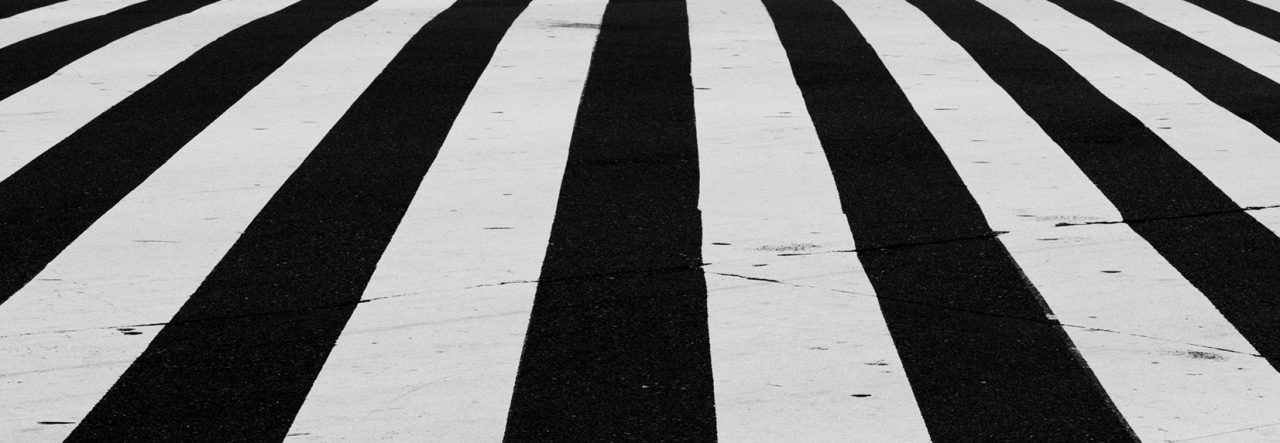A guy is about to die and somebody and, instead of helping him, a photographer shoots several images. This is already shocking itself but not that strange when it comes to news-making. There are thousands of extremely violent images that capture these unfortunate situations (just to mention one, one of the most famous photographs of the Vietnam War is precisely the “decisive moment” when somebody is killing some other human being, and I phrased like this not as a moral statement but as a way to subtract the political and ideological elements of the image). I addressed this issue in a former post (in Spanish). The question goes beyond news’ ethics (although it is absolutely imperative to have a deontological debate about it), and this is the key of this “note”. The discussion about what photography is becoming in everyday life goes beyond journalism (or “civic journalism” for that matter). People is photographing everything and, in many cases, using photography as a “social currency” in “social network sites” to gain social capital (success, acceptance, etc.). This use of photography almost as a currency seems to be increasing and I frame it as a hypothesis.
Then the question that seems relevant is: is photography becoming an obsession? Not in the medical terms but in the most capitalist way of shaping everyday life (and this connects to free/emotional labour discussions). With the proliferation of images; the quest of a special image, the risks taken to shoot it and the extremely constant shooting, become imperative. The other day, a twitt was posted: “Your child is being eaten by a camel. Do you a) save your child or b) take a photo”. Domestic photography use to be ritualistic and performed in special moments, with the digital affordances, domestic photography moved to the banal, the common, with a movement towards an “aestheticization” of the normal but that seems to be turning to a more slippery terrains. What are we willing to do for a great photo?
The other day I found this video:
I don’t even know what it advertises but I have the feeling that it’s playfully accurate, while exaggerated, of how people is valuing photography nowadays. If everything is photographable and we all take many images with the same equipment (that is mainly in our pockets along with internet connection), then the outstanding, the extra-ordinary, the unique becomes a highly valuable asset, in the most economical terms. We should probably reflect on this.

Thank you for this post. It made me think of something I forcefully try to teach my advertising photography students, even more than photography itself: Make sure that every image you create for advertisement (they are advertising students) forcefully celebrates life and dignify the human condition.
This ad you shared seems to be, to my trained eye as a professor, a student’s work. In every class there are always some students who try to outsmart ethics by defending that inhuman and cruel images are innovation and the new paradigm in communication, they are supposed to be “fun”. They say they intend to make such “reality” easier to deal with.
There is something very appealing on having a device like a smartphone with internet connection and “wield” it at any given moment to capture an instant but, what kind of instant? And more important, how is it going to be used or contextualized? When did people start needing so much approval to be willing to do anything or photograph anything to achieve it?
My students had a forum about Joan Foncuberta’s essay: El misterio del pezón desaparecido (Libro Cámara de Pandora) It was very entertained to read, said some of them, because it managed to jam digital Photo journalism, documentary and advertising. It was interesting listening to how they defended manipulation of the advertising image because they thought it was harmless, “everybody knows that isn’t real, ads are a fake reality”; but manipulating images that were supposed to depict reality and true facts was simply unacceptable, outrageous.
Now, how is advertising shaping people’s life or mirroring our society’s values and ethics. Isn’t it true that many sayings and habits have being “borrowed” from slogans and very persuasive ads? “Kodak moment”, “Sonrisa Pepsodent”, “estás Davivienda” and so on. Then, they replied: social context is the source of those ads ideas but society consumes those concepts that will re-shape its condition and practices. One asked “what is society?” another replied: “You, me, everybody, dude!” So, how to get out of that vicious circle? I think there is no getting out of it. All there’s to do is consciously take responsibility of the creations and before letting them see the light of media be sure if that should be said, photographed or shared.
I see a got a little bit carried away writing but your posts are thought-provoking.